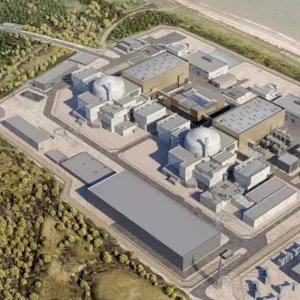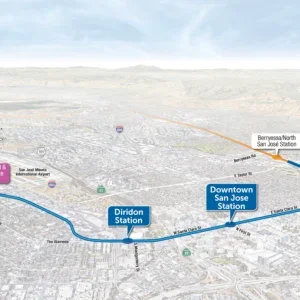The first of three Lovat TBMs to be used on the 8.5km long North East Interceptor (NEIS) in Los Angeles is scheduled to start mining next month.
Currently, preliminary works including permeation grouting, drilling of maintenance holes and TBM assembly are underway.
The Traylor/Shea/Frontier Kemper/Kenny JV won the US$162.15M contract in February 2002. The JV will use two EPBMs and a Rock TBM to excavate the 3.3m i.d. tunnel. All machines will erect a lining of bolted, gasketed, precast reinforced concrete segments.
To be completed in three drives, the NEIS tunnel will be excavated at depths of between 24m and 46m maximum.
EPB excavation has been specified by the City of Los Angeles Department of Public Works for the Lower and Middle Reach drives which lie beneath the ground water table.
Most of their alignment is through medium dense and compacted alluvial deposits of sand, gravel silts and clay. There is also a high probability of intersecting lenses of running sands, which will require positive face support.
The Rock TBM will be used on NEIS’s Upper Reach drive, where more stable ground is expected. Face probing and grouting is required to deal with areas of low rock cover (See T&TNA, May 2002, p37, for detailed geological conditions).
Although two months behind schedule, engineers working on the NEIS sister-project, the East Central Interceptor Sewer (ECIS), have been making good progress. Crews working up to 20 hours a day, have been operating four Lovat EPBMs.
However, problems were encountered during January 2003, when mining under the newly built Alameda corridor, a railroad project linking the ports of Los Angeles and Long Beach. The tunnelling caused three chimneys – up to 2m accross – to open up in the ground alongside the track. These were quickly filled with slurry grout, followed by compaction grouting to minimise damage. The project report said that business disruption to the Alameda Corridoe train operations were minimised.
Many tunnel bores are near breakthrough, and ECIS is scheduled to be completed in May 2003.







